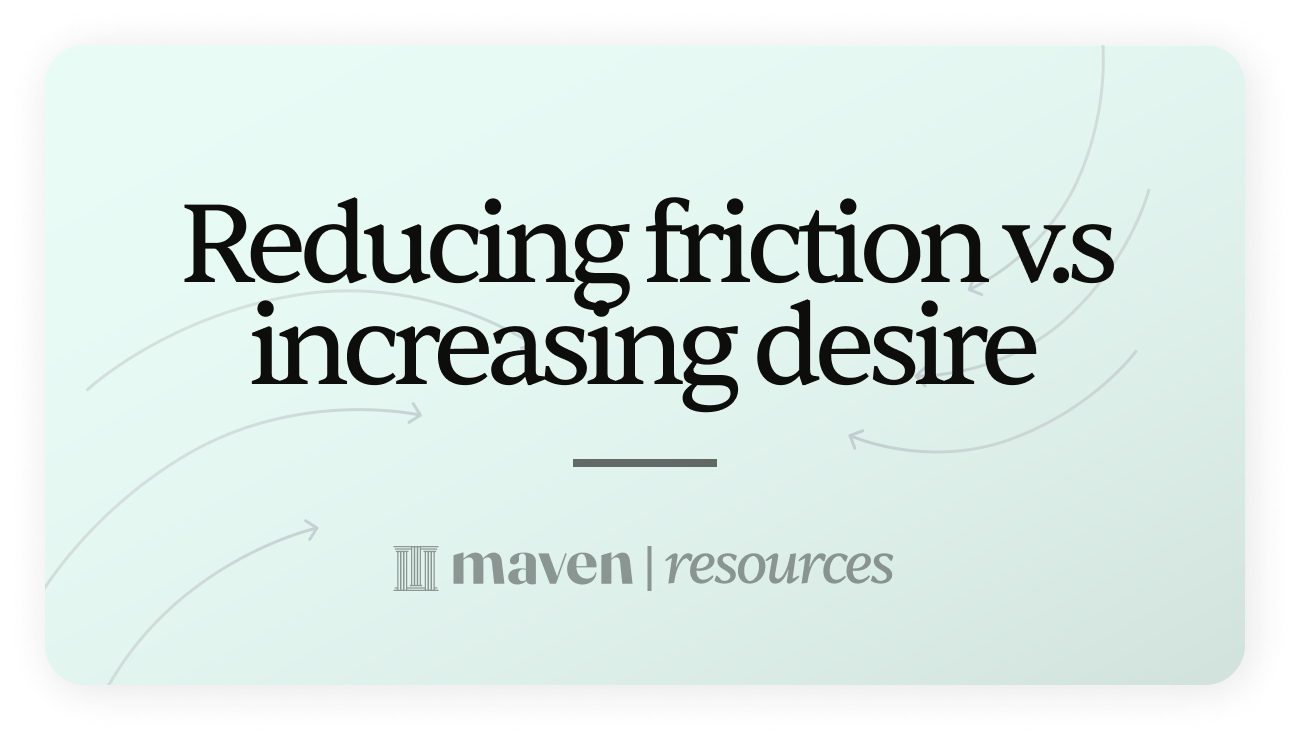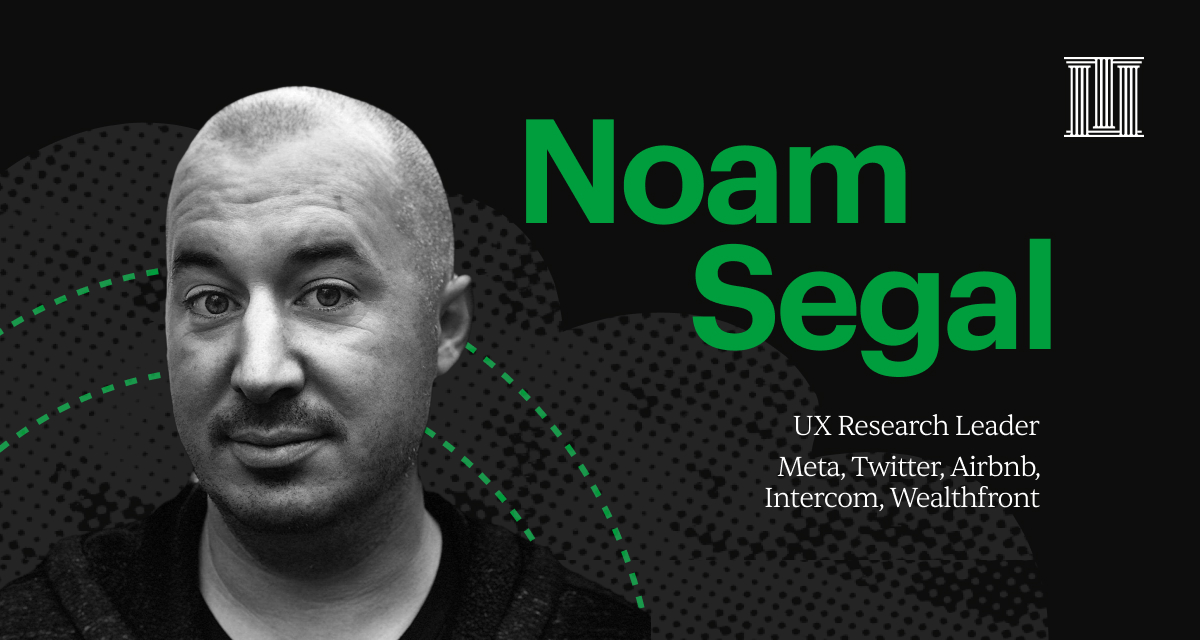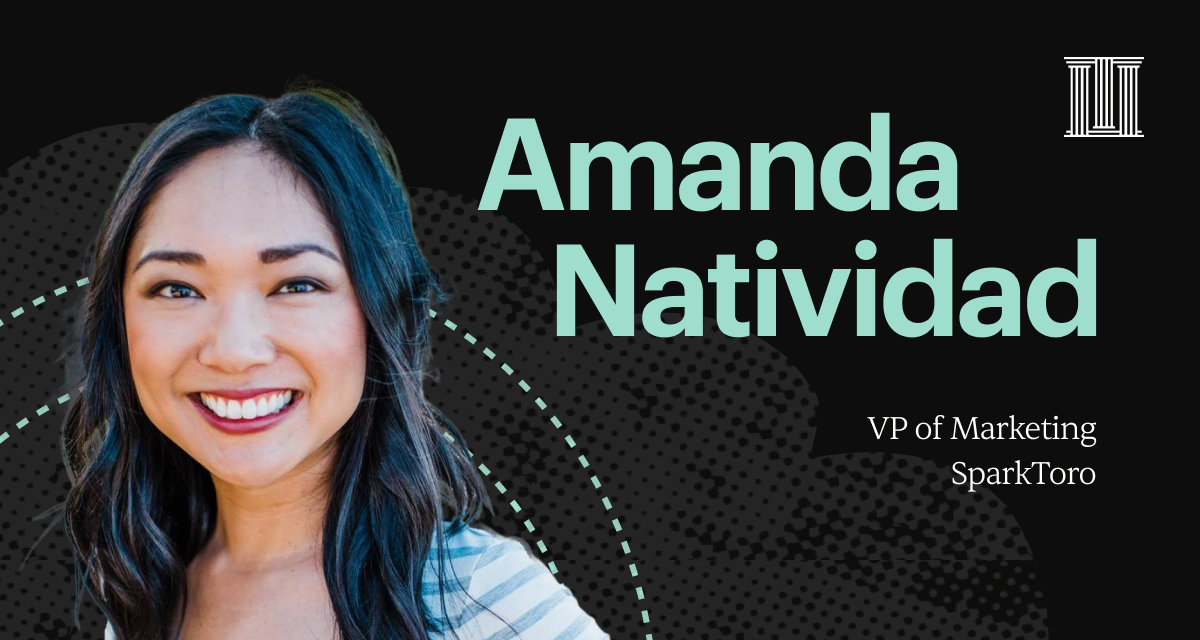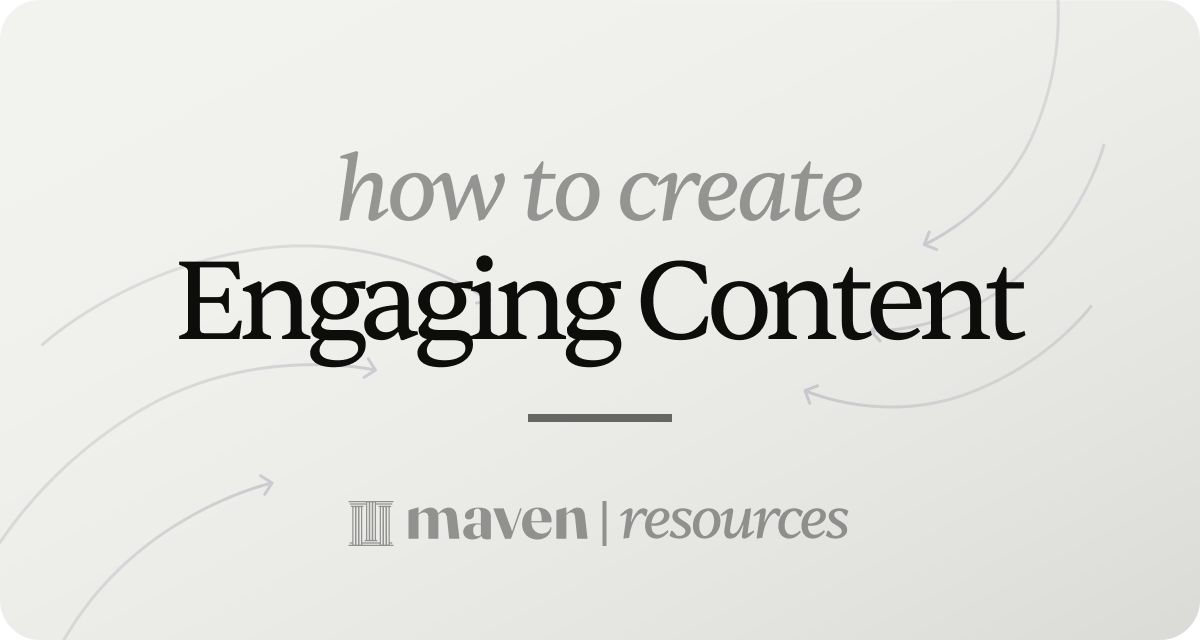To drive growth, focus on increasing desire


- There are lots of products that are free but you don’t want them. For example, thousands of free apps cost nothing but you’re not itching to download.
- People jump through hoops all the time for things they want. And they’re willing to go the extra mile—to pay more, do more work, or try harder to get them.
- When 90% of your marketing strategy is about reducing friction, it’s a race to the bottom. You can only discount so much before you give your product away for free or your business becomes unprofitable.
Instead of only decreasing friction, you should increase desire too.

How to apply this concept to building an online course
- Removing 90% of the backstory and jumping straight into the juicy parts
- Raising the stakes: What bad things could happen if you don't learn this?
- Painting the picture of the problem and aggrandizing the problem
- Showing the results you drove at your job or with clients
- Showing testimonials with recognizable brands/names
- Showing before/after of applying your techniques
- Sharing success stories that show transformation
- Showing your best templates and frameworks
- Freely sharing your best insights on social
Related Courses
From Struggling Moment to Hiring Moment: Mapping the B2B Buyer Journey
Learn customer JTBD principles & methods via an interactive B2B ChatGPT case study (30+ prompts) using The Wheel of Progress framework.
How to Sell Yourself & Your Ideas: A masterclass on reputation and influence.
Master positioning yourself, your team, and your ideas. Be understood, trusted, believed, and appreciated.
Simple Clarity: Get Customers to Instantly Understand and Want Your Brand
If customers don’t “get” your brand, they won’t buy. Learn how to describe your business so they instantly say, “I need this!”
Closing for early-stage founders & salespeople
Improve your win rate by asking the right questions to get all the info you need and win over your buyers.
Pricing fundamentals for Product Leaders
A hands-on Pricing masterclass for Product and Company Leaders—transforming pricing from black magic into your most powerful tool for growth
You might also like

How to turn your insights into a framework

Top 5 copywriting mistakes on landing pages for course creators

Noam Segal: How teaching a course can accelerate your career

Amanda Natividad: How she became a content marketing powerhouse

The antidote to fluffy content: Tactical, Actionable, Concrete, Specific (TACS)
